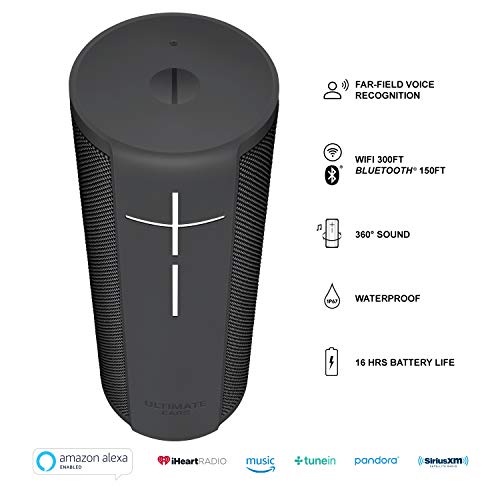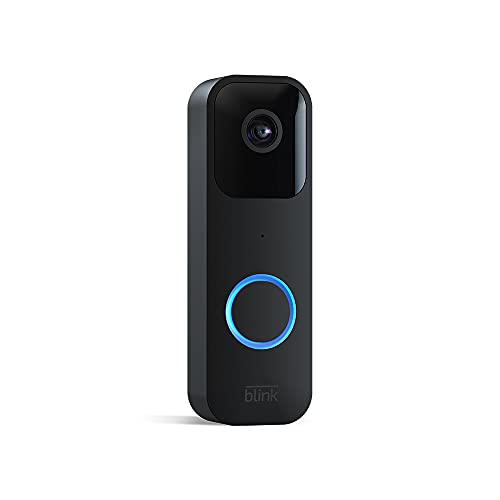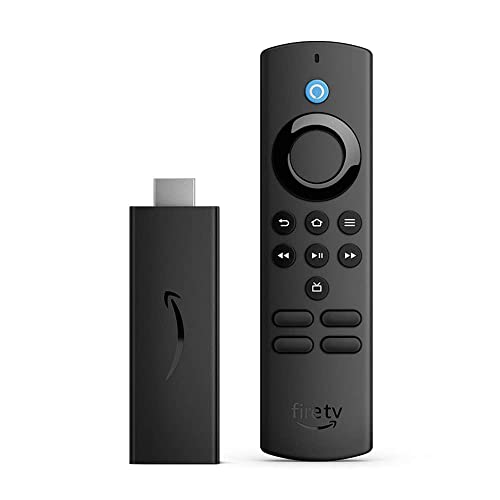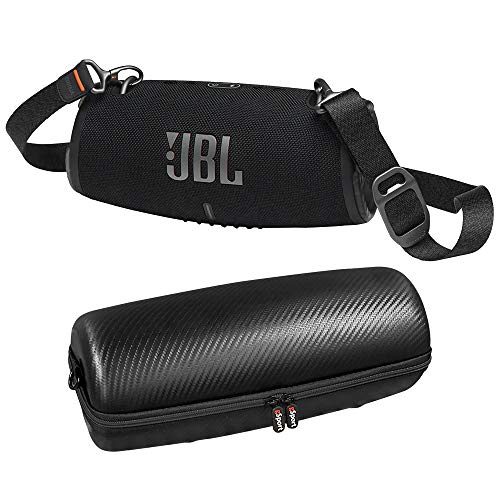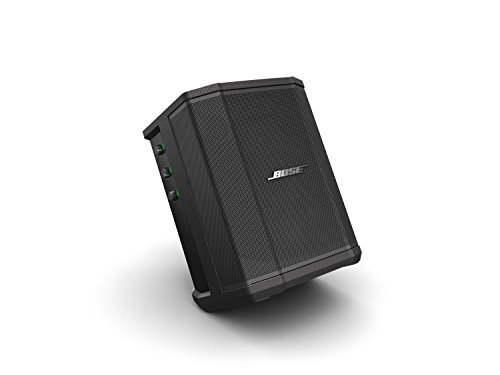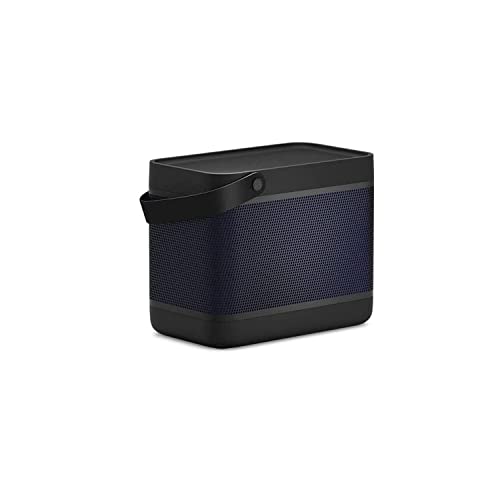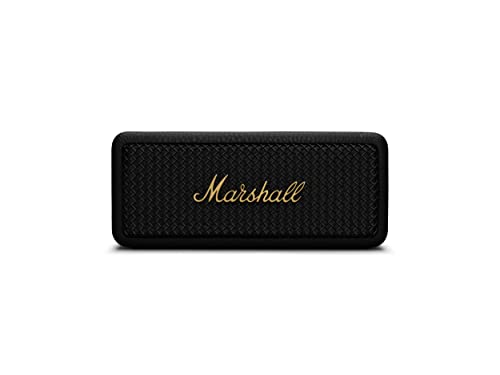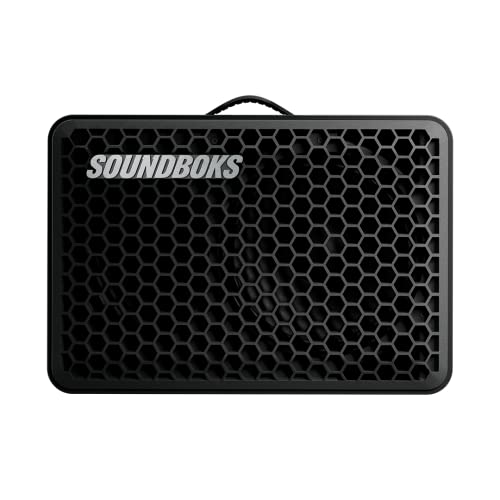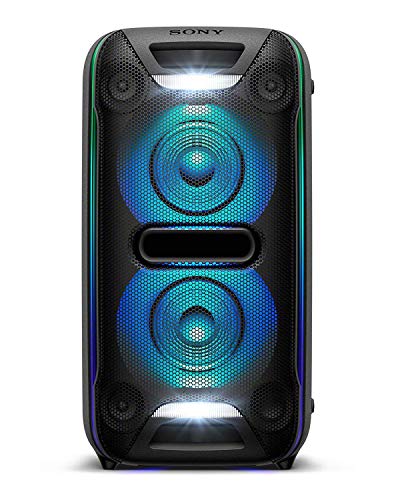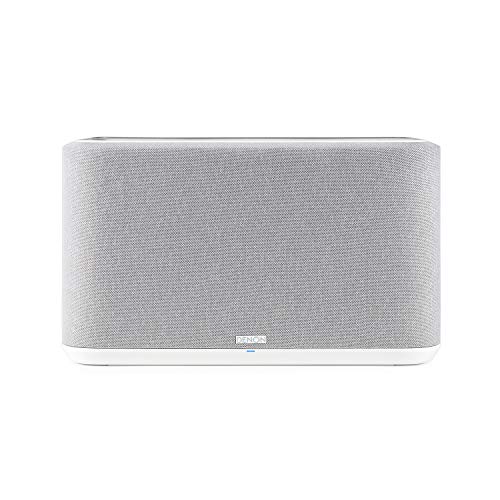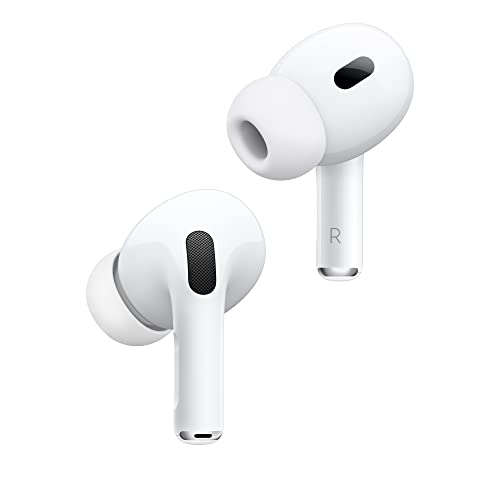This guide assumes that you already know what a speaker is, how to basically set up speakers, and what is surround sound. While this guide won’t cover how to make all speakers work on surround sound, it can give you guidance on troubleshooting the wiring for your new speakers.
KEY TAKEAWAYS:
- Testing speakers for correct polarity is a simple trick to complete with nothing more than a household battery.
- Attach both wires from the speaker terminals to either end of the battery. Then examine whether the speaker cone moves in or out.
- If the cone goes in after connecting, you have inverted polarity. If it pushes outward, you have correct speaker polarity.
The best speakers need to be correctly wired if you want them to produce sound at their full potential. And because incorrect wiring can seriously reduce the sound quality, it’s necessary to know how to test if your speakers are wired correctly.
So, if you wake up in cold sweats asking, how can you tell if you’ve reversed the positive and negative on my speakers, fear not, and keep reading. For additional methods for speaker testing, we have another article covering how to test speakers with a multimeter.
How to Test Speakers for Correct Wiring
Testing your speaker wires is simple and requires only a couple of basic household materials. This process is also known as testing for polarity. It can be done in a few minutes and is a great way to make sure you have the correct wires connected.
Insider Tip
When testing your speakers, always use a fresh battery. These tests will quickly drain an average household battery.
We also have an article explaining how to tap into rear speakers for subs for those in the mood.
- Difficulty: Easy
- Time Required: 15 minutes
- Total Steps: 5
- Tools Needed: New Battery (AA, AAA, or 9-Volt Battery), masking tape, pen
STEP 1
Make sure that your audio system is fully unplugged.
STEP 2
Touch a speaker wire to the positive end of the battery and the other to the negative end.
STEP 3
Look at the speaker cone. If the cone moves inwards, this means you have reverse polarity. If you see this, reverse the speaker cables to achieve correct polarity. When you do this, the speaker cone should move outwards.
STEP 4
After testing for proper polarity, use masking tape and a pen to indicate the positive and negative speaker wires and terminals.
STEP 5
If you run the test and the speaker does not move, check the wires for any frays, damages, or minor cracks or kinks. If the speaker isn’t responsive to the battery, this typically means the wire itself is bad.
Warning
Don’t use anything more powerful than a 9-volt battery to test for speaker polarity. Using a battery more powerful than this can cause damage to your speakers.
F.A.Q.S
What is Speaker Polarity?
Speaker polarity, similar to the polarity of the battery, has to do with which wire or terminal produces electrons and which one receives them. Correct polarity means that the proper wires are attached to the appropriate terminals, causing a functional flow of electrons.
What happens to the speakers if their wires are backward?
Having reversed wires on a pair of speakers means they are out of phase. Reverse polarity eliminates specific frequencies and, in turn, ruins audio output.
What are the colors of positive and negative speaker wire?
It’s always important to consult your user manual to be sure, but the positive wire will typically be red, and the negative wire will be black.
STAT: When choosing wire for speakers, consider how long the wire run will be. For shorter distances, it’s good to use thinner wire, such as 16-gauge. But for longer distances, it is often better to use 12 or 14 gauge. (source)
REFERENCES:
- https://www.youtube.com/watch?v=zmiTlJnf_E0
- https://www.richardfarrar.com/are-your-speakers-wired-correctly/
- https://audiouniversityonline.com/speaker-polarity/#:~:text=Speaker%20polarity%20is%20determined%20when,will%20be%20in%20correct%20polarity.r
- https://www.youtube.com/watch?v=xIMHGkxw72o
- https://www.youtube.com/watch?v=BDPiMzyigbU

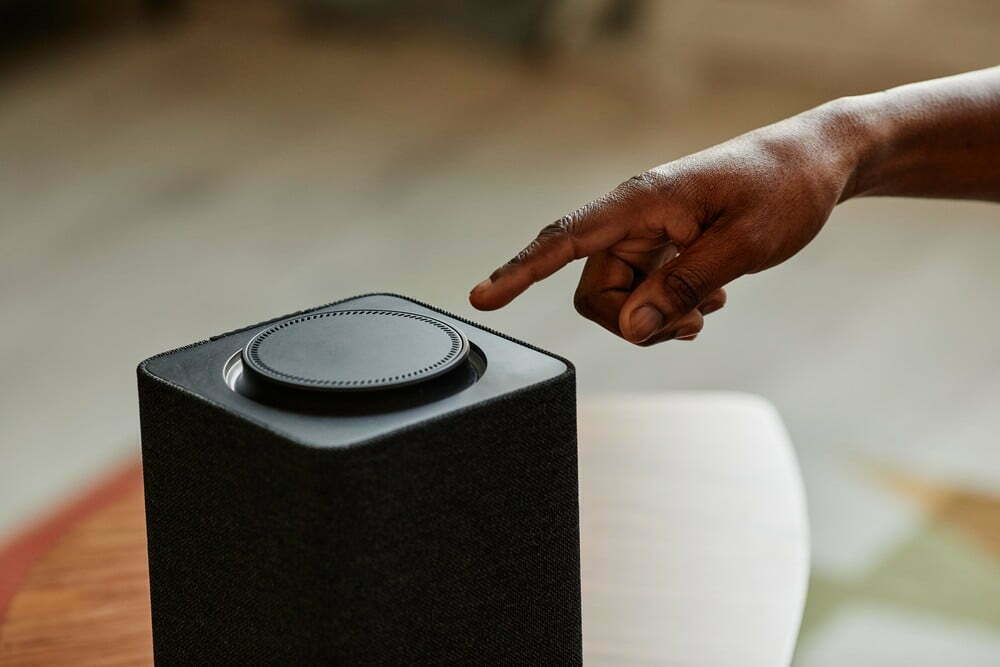













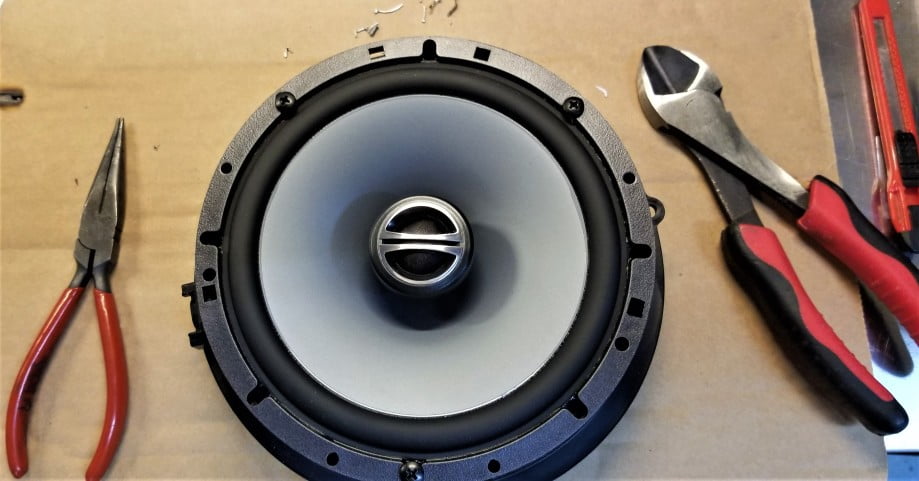
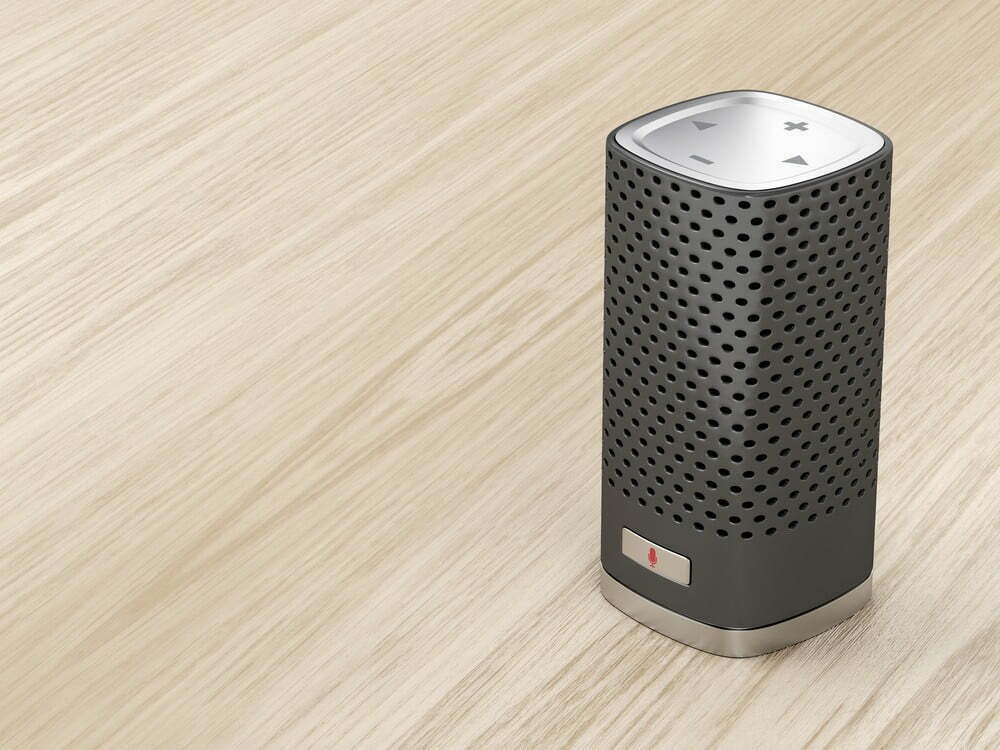
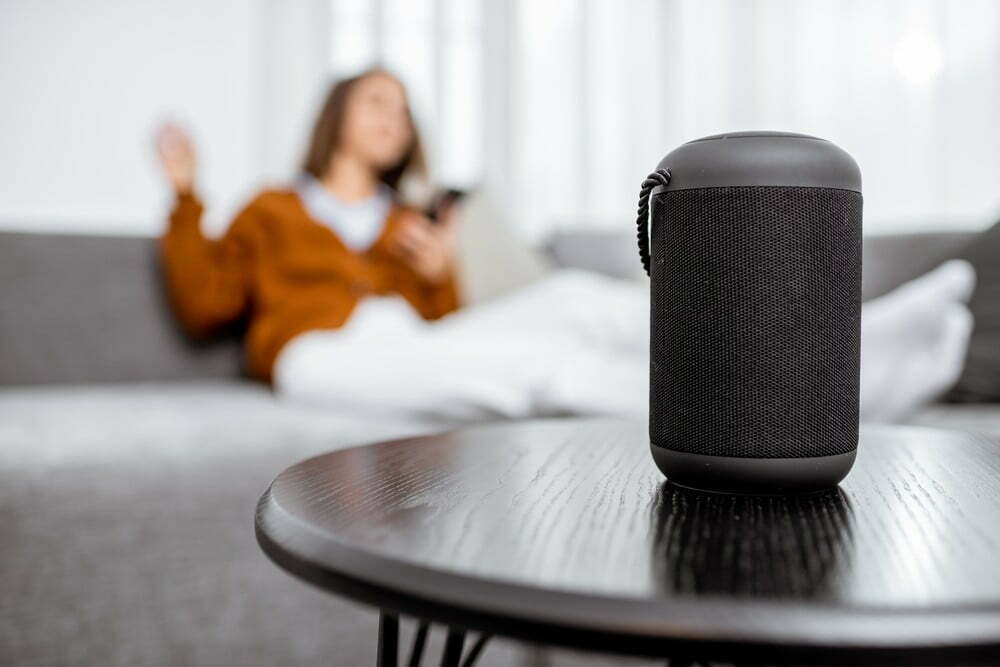

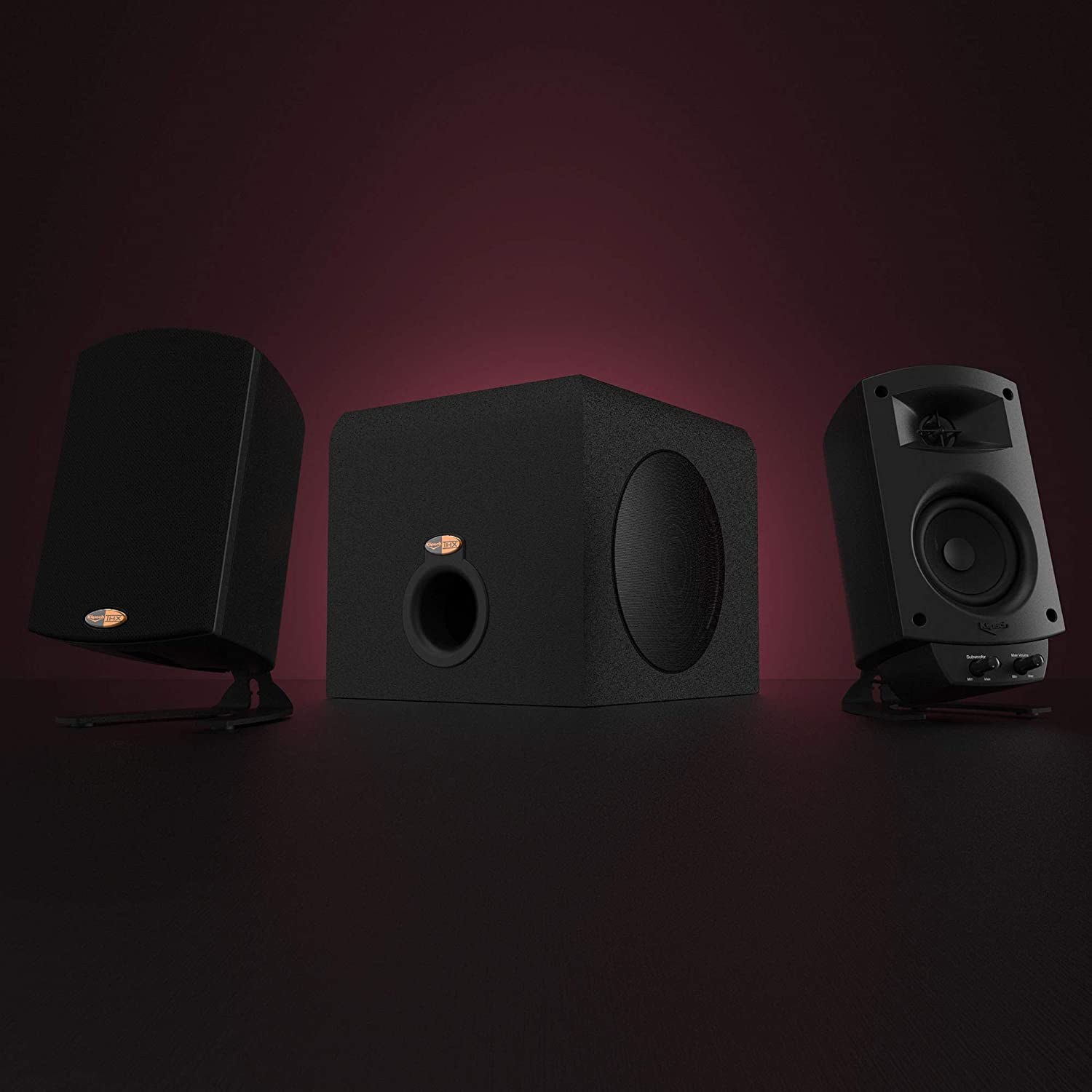
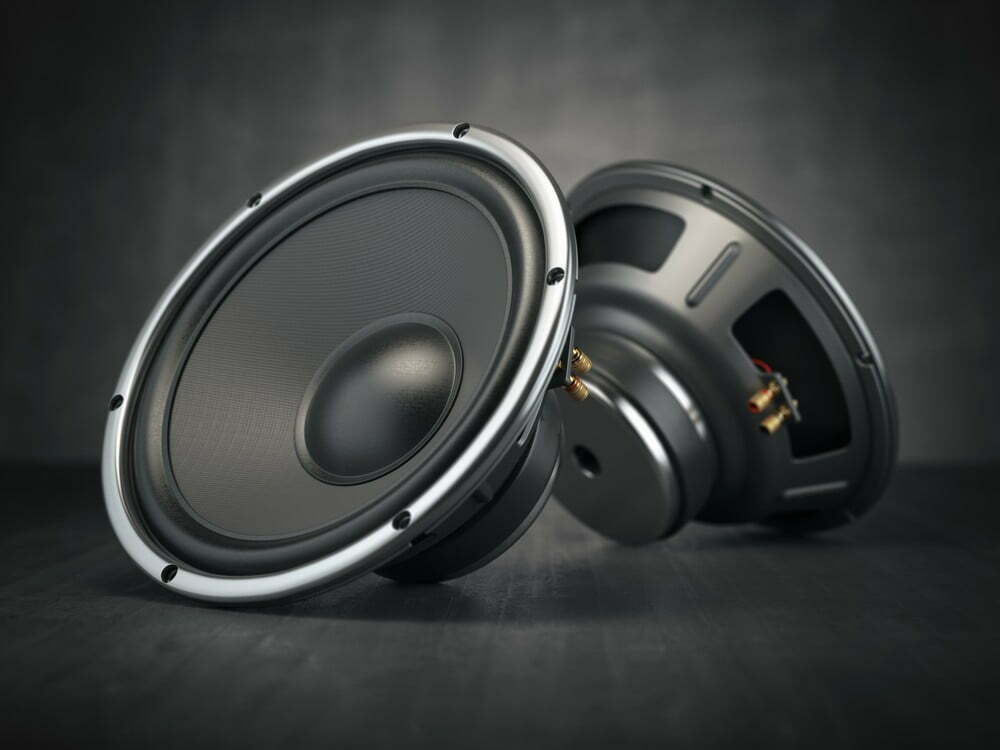

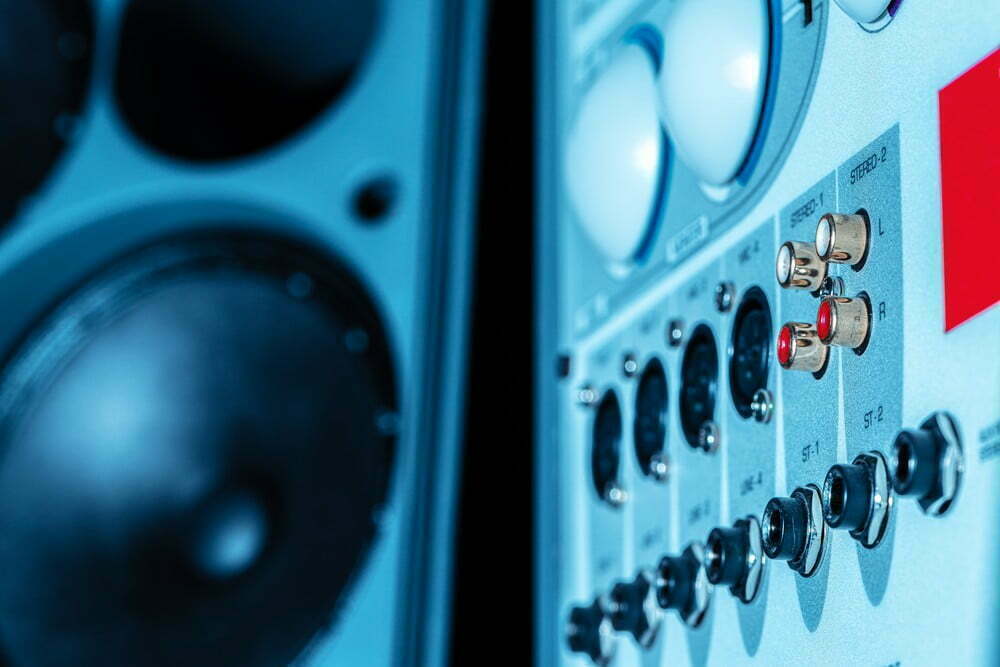
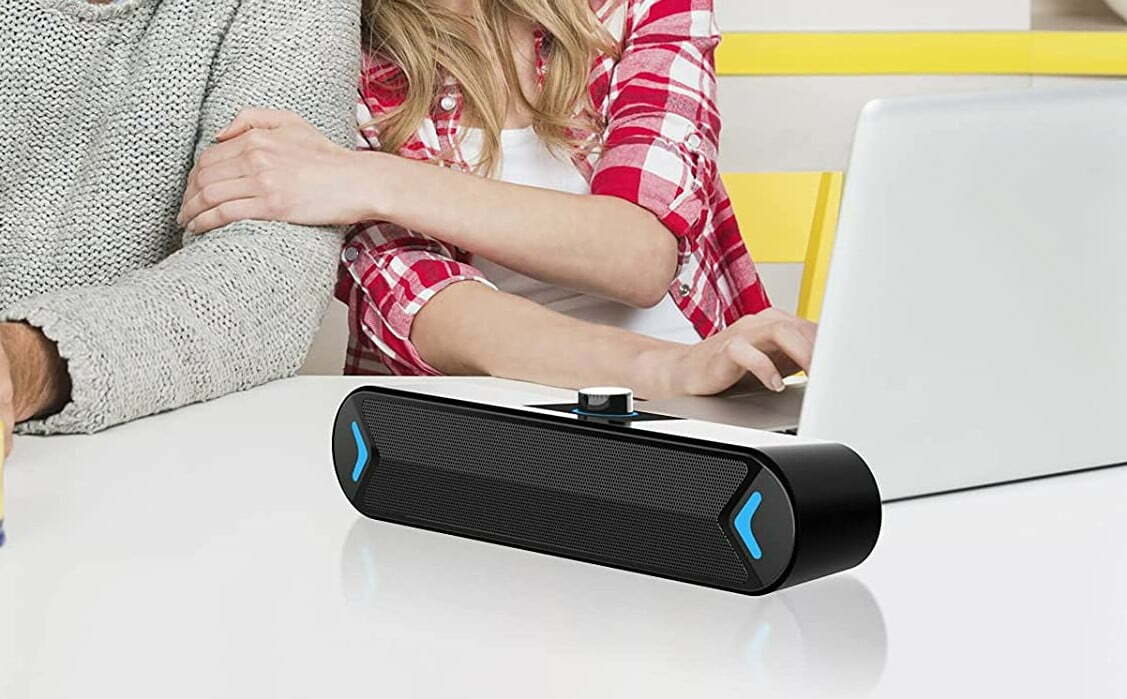
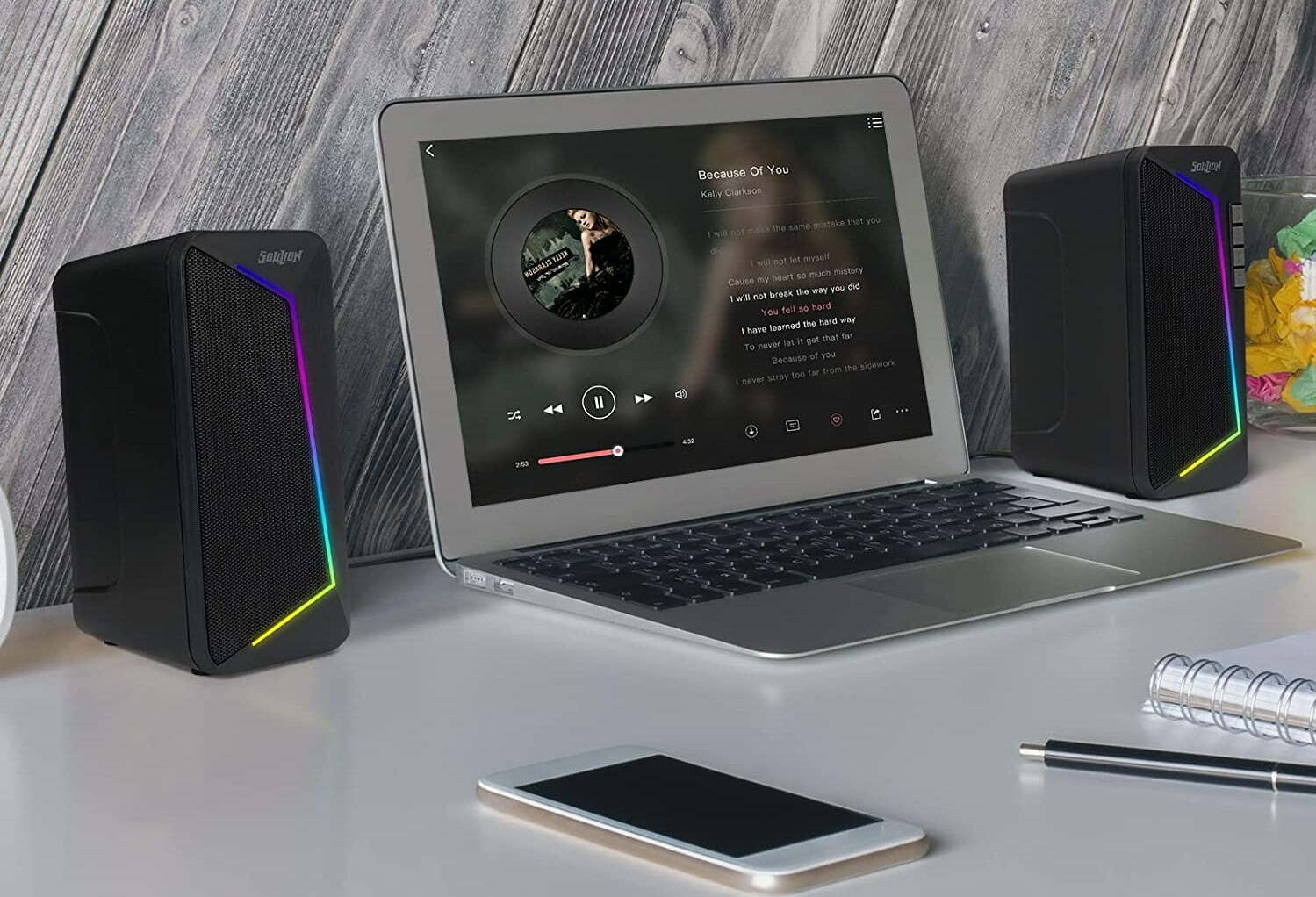
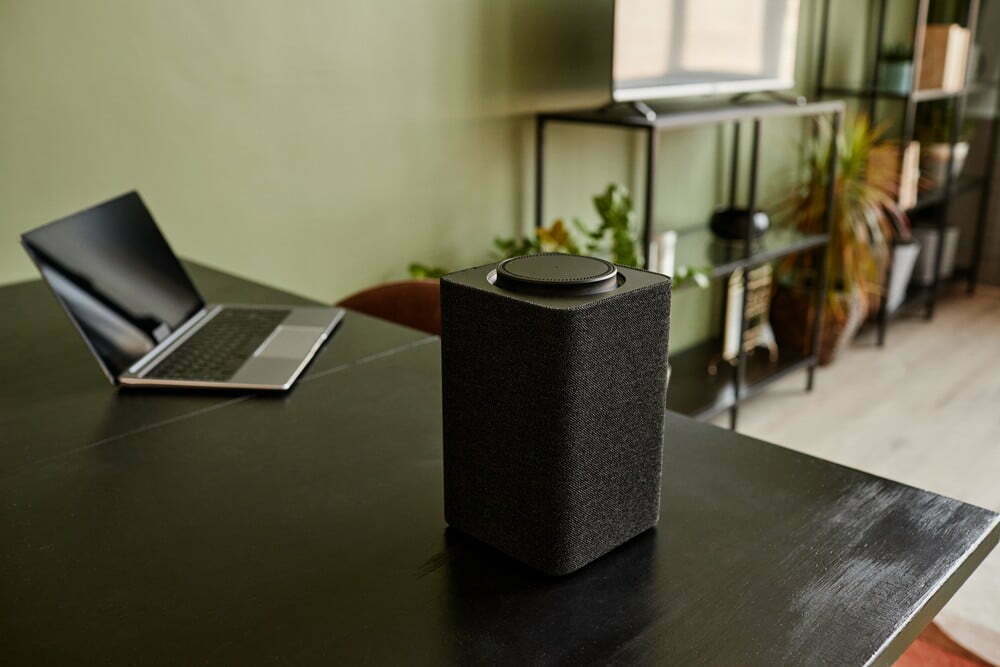

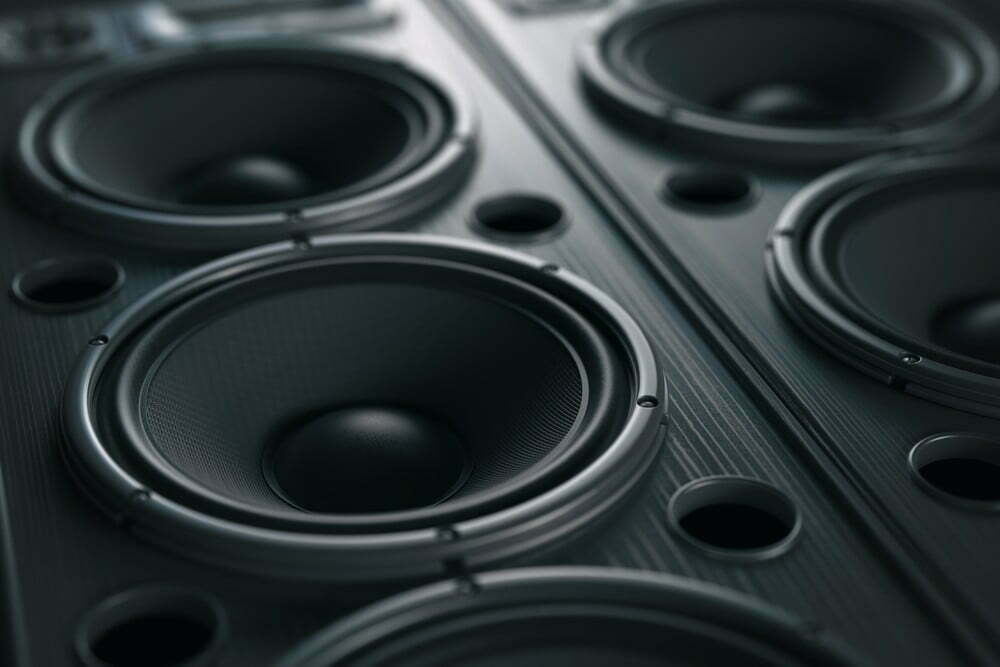
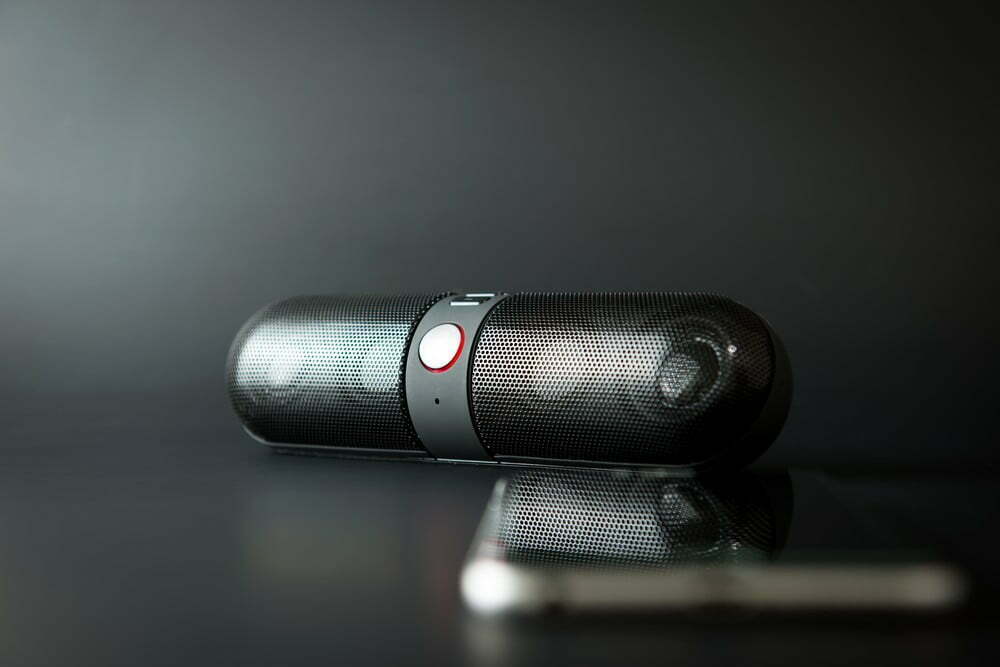
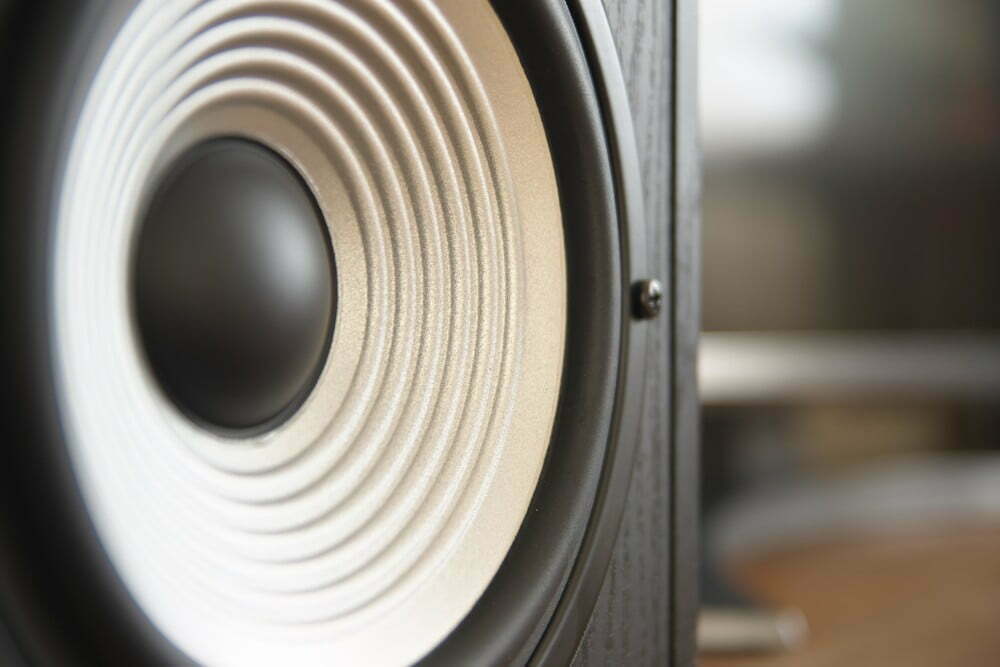
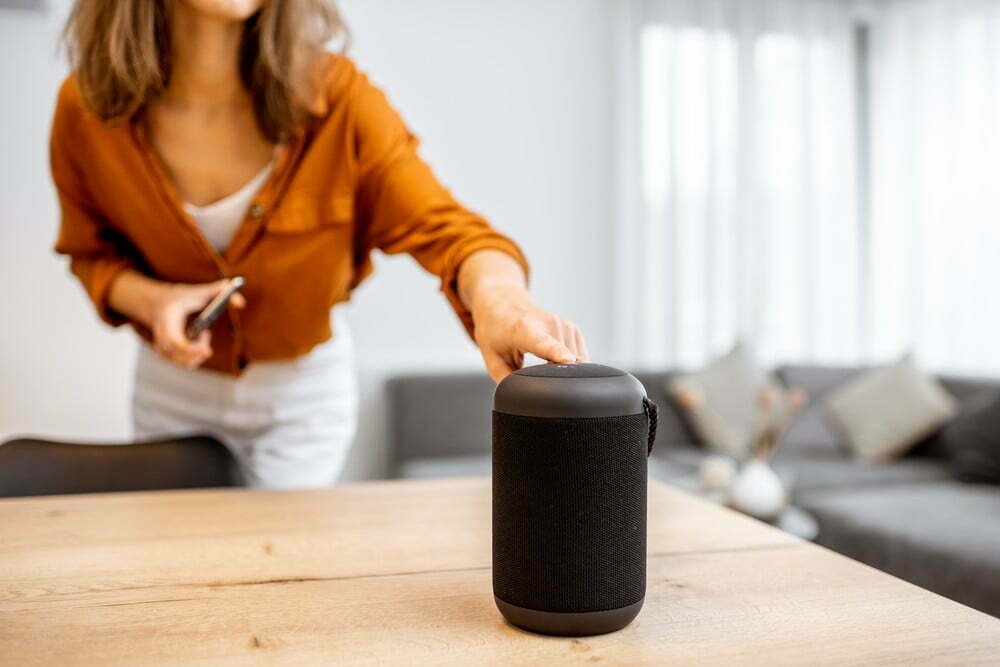
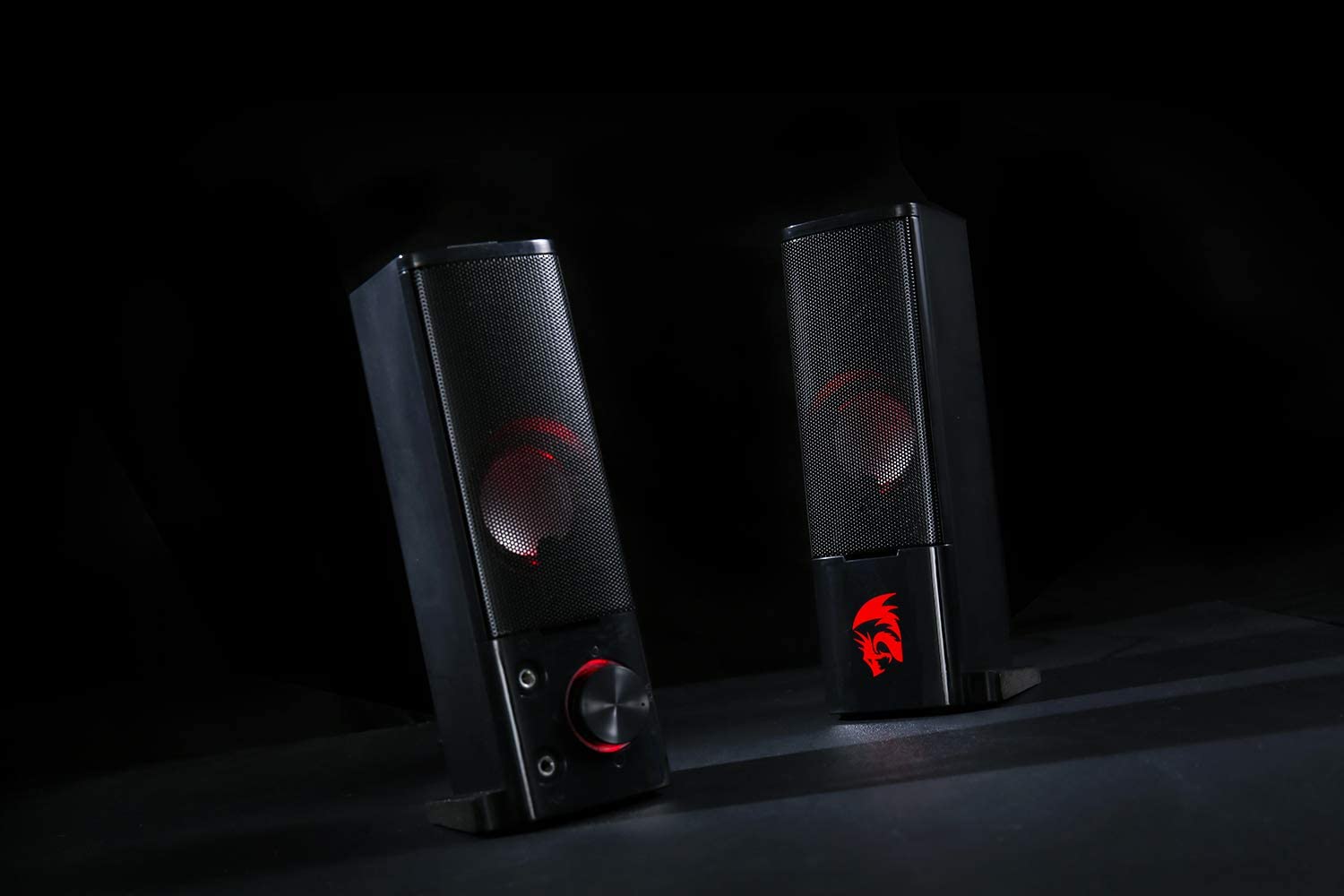
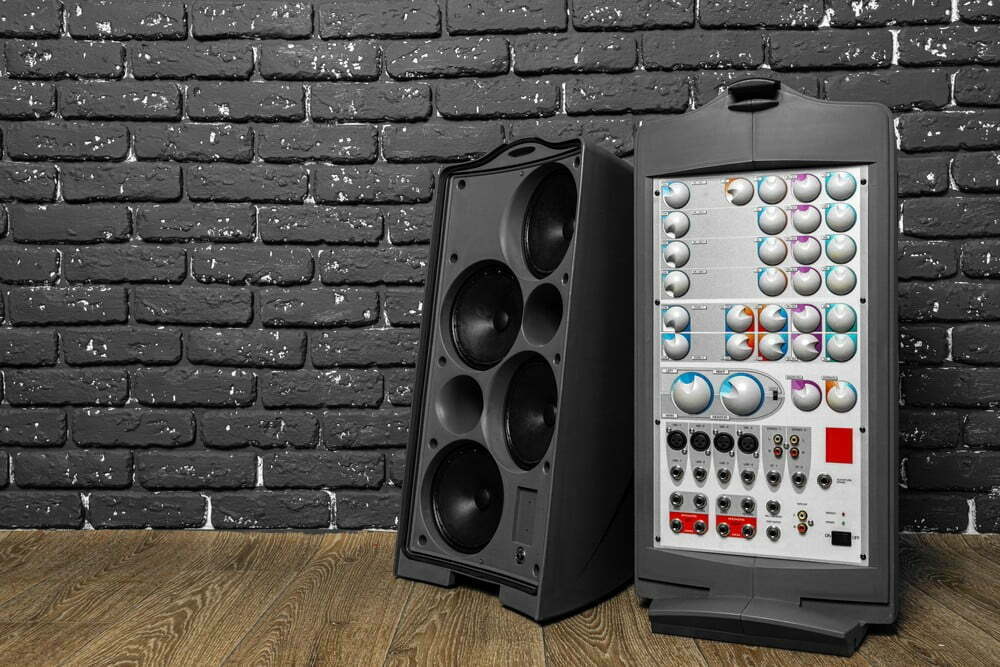
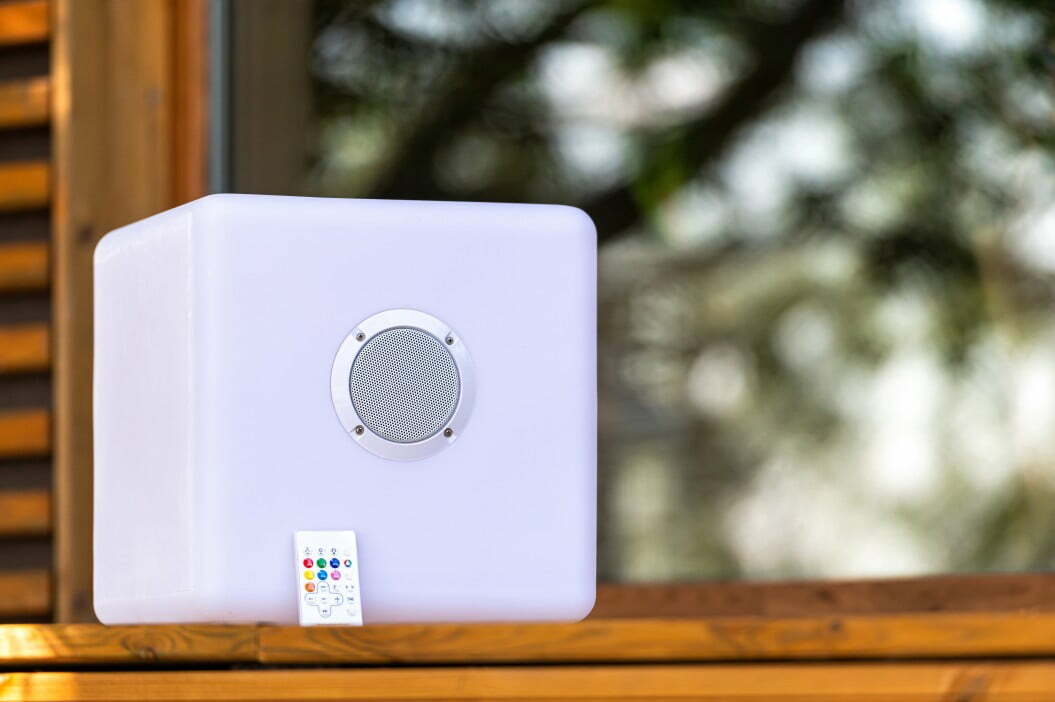
![Best Powered Speakers in [year] 27 Best Powered Speakers in 2026](https://www.gadgetreview.dev/wp-content/uploads/best-powered-speakers-image.jpg)
![Best Stereo Speakers in [year] 28 Best Stereo Speakers in 2026](https://www.gadgetreview.dev/wp-content/uploads/best-stereo-speakers-image.jpg)
![Best SoundBar in [year] ([month] Reviews) 29 Best SoundBar in 2026 (January Reviews)](https://www.gadgetreview.dev/wp-content/uploads/best-soundbar-image.jpg)
![Best Subwoofers in [year] ([month] Reviews) 30 Best Subwoofers in 2026 (January Reviews)](https://www.gadgetreview.dev/wp-content/uploads/best-subwoofer-image.jpg)
![Best TableTop Radio in [year] ([month] Reviews) 31 Best TableTop Radio in 2026 (January Reviews)](https://www.gadgetreview.dev/wp-content/uploads/best-tabletop-radios-image.jpg)
![Best 8 Inch Subwoofers in [year] 32 Best 8 Inch Subwoofers in 2026](https://www.gadgetreview.dev/wp-content/uploads/best-8-inch-subwoofer-image.jpg)
![Best Surround Sound Systems in [year] 33 Best Surround Sound Systems in 2026](https://www.gadgetreview.dev/wp-content/uploads/best-surround-sound-system-image.jpg)
![Best Laptop Speakers in [year] 34 Best Laptop Speakers in 2026](https://www.gadgetreview.dev/wp-content/uploads/best-laptop-speakers-image.jpg)
![Best Wireless Surround Sound Speakers in [year] 35 Best Wireless Surround Sound Speakers in 2026](https://www.gadgetreview.dev/wp-content/uploads/best-wireless-surround-sound-image.jpg)
![Best Bose Speakers in [year] 36 Best Bose Speakers in 2026](https://www.gadgetreview.dev/wp-content/uploads/best-bose-speakers-image.jpg)
![Best Home Stereo Systems in [year] 37 Best Home Stereo Systems in 2026](https://www.gadgetreview.dev/wp-content/uploads/best-home-stereo-system-image.jpg)
![Best WiFi Speakers in [year] 38 Best WiFi Speakers in 2026](https://www.gadgetreview.dev/wp-content/uploads/best-wifi-speakers-image.jpg)
![Best Wireless Home Theater Systems in [year] 39 Best Wireless Home Theater Systems in 2026](https://www.gadgetreview.dev/wp-content/uploads/best-wireless-home-theater-system-image.jpg)
![Best Party Speakers in [year] 40 Best Party Speakers in 2026](https://www.gadgetreview.dev/wp-content/uploads/best-party-speakers-image.jpg)
![Loudest Bluetooth Speakers in [year] 41 Loudest Bluetooth Speakers in 2026](https://www.gadgetreview.dev/wp-content/uploads/loudest-bluetooth-speaker-image.jpg)
![Best Car Speakers for Bass in [year] 42 Best Car Speakers for Bass in 2026](https://www.gadgetreview.dev/wp-content/uploads/best-car-speakers-for-bass-image.jpg)
![Best Marine Speakers in [year] 43 Best Marine Speakers in 2026](https://www.gadgetreview.dev/wp-content/uploads/best-marine-speakers-image.jpg)
![Best JBL Speakers in [year] 44 Best JBL Speakers in 2026](https://www.gadgetreview.dev/wp-content/uploads/best-jbl-speakers-image.jpg)
![Best Home Theater Speakers in [year] 45 Best Home Theater Speakers in 2026](https://www.gadgetreview.dev/wp-content/uploads/best-home-theater-speakers-image.jpg)
![Best Waterproof Speakers in [year] 46 Best Waterproof Speakers in 2026](https://www.gadgetreview.dev/wp-content/uploads/best-waterproof-speaker-image.jpg)





